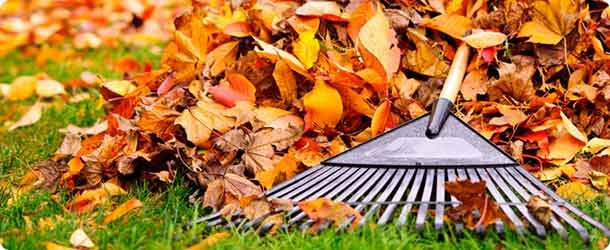For some of you, it may already seem like winter with snow falling and temperatures plummeting. If your area is still enjoying the fall weather, then this is the perfect time for winter preventative maintenance. 
One of the things that you can do in the fall is to make sure your maintenance department is prepared for the winter. Whether it’s snow, cold temperatures, or high winds – winter can cause issues with your building. Here are a few preventative maintenance tips for preparing for the winter:
Inspect Heating System(s)
For your facility to function optimally the temperature will need to be maintained during the cooler months. This is a great time to look at your HVAC systems. This is a great time to change air filter as regular filter changes can extend the life of units and reduce energy consumption. Also, look for worn or damaged parts and clean out accumulated dust or dirt.
Turn Down the Thermostat
For each degree you lower your thermostat, you lower your utility bill by an average of 1%. This is the easiest way to reduce energy consumption and in turn, operational costs.
Eliminate Wasted Heat
Make sure to check for leaks, cracks and drafts. Check that all windows, door frames, and exterior walls have sealed gaps and that your caulking is flexible and not dried out. It is also a good idea to check the weather stripping and make sure that it is doing its job to keep heat where it belongs.
Check the Roof
Make sure your roof does not have standing water, snow or ice build-up. You will also want to check your drains and gutters for debris or build-up that is keeping them from working properly. Ensure all gutters and downspouts are free of debris and adequately drain water away. This continues to be important as the season progresses and leaves continue to fall. Consider pruning overhanging trees to keep leaves and debris off the roof. Clogged gutters cause water backup, which damages roofs, the trim around roofs and soffits, and siding. During cold winter weather, standing and backed-up water in gutters can freeze and cause ice dams that damage roofs and sheathing and lead to leaks. Downspouts should discharge into underground storm-drain leaders or empty onto splash blocks that adequately divert water away from the exterior of the building.
Read More: Avoid the Snowball Effect
Don’t Forget the Exterior
Your building exterior is important too. Look at your sidewalks for cracks, parking garages for stains and low spots, and make sure that tree branches are trimmed so they are not obstructing power lines or sight lines. Perform regular sealing of cracks in sidewalks and paved areas during the fall. Water that freezes inside of these cracks can cause the concrete to spall and deteriorate, leading to more costly repairs later. Water penetration also can cause the sub-grade to soften leading to settlement and potholes.









